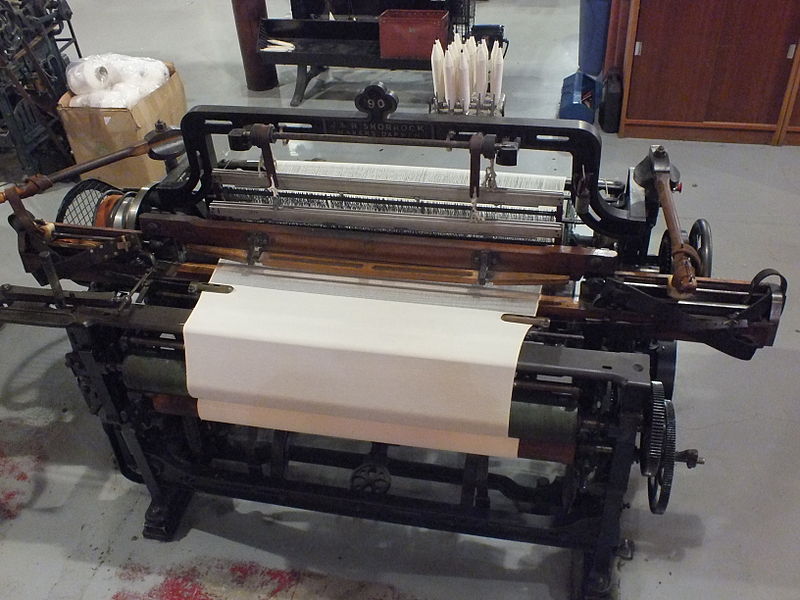Wheels of change: skill-biased factor endowments and industrialisation in eighteenth century England
by Joel Mokyr (Northwestern University), Assaf Sarid (Haifa University), Karine van der Beek (Ben-Gurion University)

The main manifestation of an industrial revolution taking place in Britain in the second half of the eighteenth century was the shift of textile production (that is, the spinning process), from a cottage-based manual system, to a factory-based capital-intensive system, with machinery driven by waterpower and later on by steam.
The initial shift in production technology in the 1740s took place in all the main textile centres (the Cotswolds, East Anglia, and in the middle Pennines in Lancashire and the West-Riding). But towards the end of the century, as the intensity of production and the application of Watt’s steam engine increased, the supremacy of the cotton industry of the northwestern parts of the country began to show, and this is where the industrial revolution eventually took place and persisted.
Our research examines the role of factor endowments in determining the location of technology adoption in the English textile industry and its persistence since the Middle Ages. In line with recent research on economic growth, which emphasises the role of factor endowments on long run economic development, we claim that the geographical and institutional environment determined the location of watermill technology adoption in the production of foodstuffs.
In turn, the adoption of the watermill for grain grinding (around the tenth and eleventh centuries), affected the area’s path of development by determining the specialisation and skills that evolved, and as a result, its suitability for the adoption of new textile technologies, textile fulling (thirteenth and fourteenth centuries) and, later on, spinning (eighteenth century).
The explanation for this path dependence is that all these machines, including other machinery that was developed in various production processes (such as sawing mills, forge mills, paper mills, etc.), were all based on similar mechanical principles as the grinding watermills. Thus, their implementation did not require additional resources or skills and it was therefore more profitable to invest in them and expand textile production, in places that were specialised and experienced in the construction and maintenance of grinding watermills.
As textile exports expanded in the second half of the eighteenth century (both woollen and cotton textiles), Watt’s steam engine was introduced. The watermills that operated the newly introduced spinning machinery began to be replaced with the more efficient steam engines, and almost disappeared by the beginning of the nineteenth century. This stage of technological change took place in Lancashire’s textile centre, which enjoyed both the proximity of coal as well as of strong water flows, and was therefore suitable for the implementation of steam engine technology.
We use information from a variety of sources, including the Apprenticeship Stamp-Tax Records (eighteenth century), Domesday Book (eleventh century), as well as geographical databases, and show that the important English textile centres of the eighteenth century, evolved in places that had more grinding watermills during the Domesday Survey (1086).
To be more precise, we find that on average, there was an additional textile merchant in 1710 in areas that had three more watermills in 1086. The magnitude of this effect is important given that there were on average 1.2 textile cloth merchants in an area (the maximum was 34 merchants).
We also find that textile centres in these areas persisted well into the eighteenth century and specialised in skilled mechanical human capital (measured by the number of apprentices to masters specialising in watermill technology, that is, wrights, in the eighteenth century), which was essential for the development, implementation and maintenance of waterpower as well as mechanical machinery.
The number of this type of worker increased in the 1750s in all the main textile centres until the 1780s, when their number was declining in Lancashire as it was adopting a new technology that was no longer dependent on their skills.

